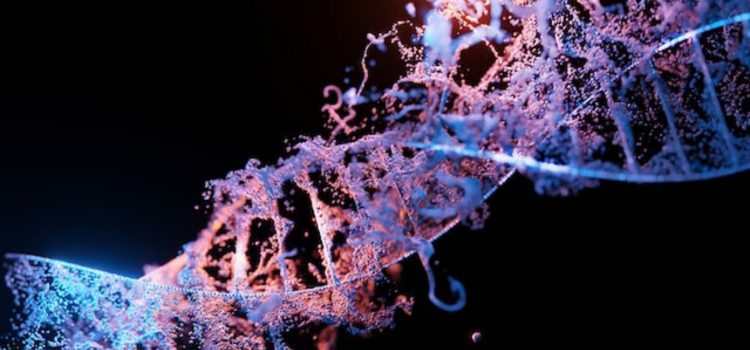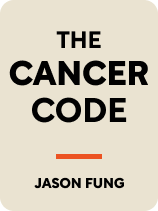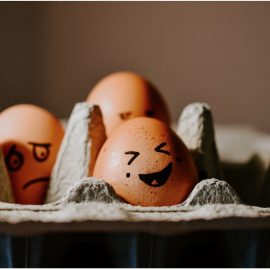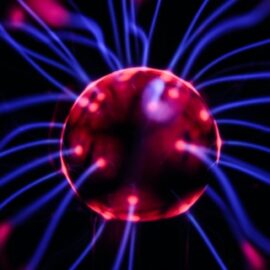

This article is an excerpt from the Shortform book guide to "The Cancer Code" by Jason Fung. Shortform has the world's best summaries and analyses of books you should be reading.
Like this article? Sign up for a free trial here.
What is the somatic mutation theory of cancer? What is the main shortcoming of this theory?
The somatic mutation theory of carcinogenesis has been at the forefront of cancer research during the 20th century. However, this theory can’t explain why cancer is so common, or why there are so many different types of cancer that all share the same characteristics.
Dr. Jason Fung explains the flaws of the somatic mutation model.
The Somatic Mutation Theory of Cancer
Somatic mutations are changes in the DNA of somatic cells, which are any cells other than gametes (sperm and eggs). The fact that these mutations don’t affect gametes is important because it means cancer can’t be inherited—for example, a person with lung cancer won’t produce a child with lung cancer.
German biologist Theodor Boveri developed an early version of the somatic mutation theory of cancer in his book The Origin of Malignant Tumors, published in 1914. In this book, Boveri observed that the human body must have mechanisms both to promote cell growth and to restrict it. Without such mechanisms, numerous normal processes would be impossible—for example, growing from a child to an adult and having that growth stop once you reach maturity. Therefore, Boveri reasoned, mutations to the genes that control cell growth could cause malignant tumors to form.
Cancer researchers in the 1970s discovered several genes like those Boveri had hypothesized, and many more have been found since. Cancer almost always involves mutations to these growth-promoting genes (now called oncogenes) and growth-restricting genes (called tumor suppressor genes). In short, malignant tumors form because mutated oncogenes promote growth too much, and mutated tumor suppressor genes are unable to prevent that growth.
| Genetic Risk Factors for Cancer In saying that the vast majority of cancer results from somatic mutations, this theory understates the impact that genetics can have on cancer rates. Fung touches on this topic, saying that genetics account for approximately 5% of all cancers, but that’s on the low end of usual estimates. Other sources indicate that germline mutations—changes to the DNA of sperm and egg cells, which will be passed on to offspring—could account for as many as 20% of all cancers. More common estimates put the number somewhere in the 5 to 10% range, depending on the specific mutations and cancer types being studied. Knowing what genetic risk factors you carry is important because it allows you to more effectively manage those risks. For example, smoking is (of course) harmful no matter what genes you have, but if you’ve got a family history of lung cancer then it could be especially dangerous for you. |
Environmental Factors: Carcinogens
A key point of the somatic mutation theory is that cancer can’t be directly passed down to offspring (although various genes do make certain types of cancer more likely). But if bad genes don’t cause cancer, what does? Fung tells us that cancer is almost always the result of environmental factors called carcinogens—literally, “tumor creators.”
The list of known carcinogens is enormous and constantly growing. Some of the best-known carcinogens include tobacco, asbestos, and radiation (such as x-rays or UV radiation from the sun). Others include soot and wood dust, certain drugs, and even some pathogens such as the Rous sarcoma virus and human papillomavirus (HPV). The common thread between all of these carcinogens is that they damage or destroy cells. Sometimes the body fixes that damage incorrectly, causing slight changes in the genetic material—in other words, mutations.
Many of these mutations are harmless, and your body’s natural defenses usually identify and destroy any mutations that arise. However, over time and with repeated damage to the cells, it becomes more likely that at least one of those mutated cells will turn cancerous. In short, every time the body has to repair itself (for any reason), there’s a very small chance that those repairs will produce malignant cells.
The good news, according to Fung, is that knowledge of carcinogens is the best weapon we have in the fight against cancer, as well as the easiest one to use. After all, it hardly matters what specific cancer-causing mutations UV radiation produces, or how to treat the disease those mutations cause, if we just wear sunscreen to make sure that damage doesn’t happen in the first place.
Fatal Flaws of the Somatic Mutation Model
Fung says that the somatic mutation theory, while technically accurate, still fails to explain what cancer really is. It’s like trying to understand how a tree grows by cataloging every leaf on it—we’d learn a lot about individual leaves, but very little about how and why the tree itself grows. More to the point of cancer research, we wouldn’t learn anything about how to stop or reverse the tree’s growth.
Indeed, despite scientists mapping hundreds of cancer genomes, finding countless cancer-related mutations, and promising personalized treatment that targeted each patient’s specific form of cancer, a 2018 study found that less than five percent of cancer patients benefited from treatments targeting specific mutations. In other words, decades of research and billions of dollars in funding had failed to produce results.
(Shortform note: As a counterpoint to Fung’s pessimism here, in The Emperor of All Maladies, physician Siddhartha Mukherjee tells us that cancer death rates in the US decreased by an unprecedented 15% between 1999 and 2005. By 2018, they had decreased by 30%. So, while attempts to develop personalized and targeted treatments mostly failed, the knowledge that researchers gained during that time had an enormous impact on the fight against cancer.)
In addition to failing as a basis for treatment, Fung says that Model 2 also fails as an explanation of cancer. The odds of numerous specific mutations—uncontrolled growth, hiding from the immune system, leeching the body’s nutrients, and so on—all arising in a single cell are incredibly low. Therefore, random chance can’t explain why cancer is so prevalent among modern-day humans.
(Shortform note: If it’s statistically impossible for random mutations alone to cause cancer, why did it take so long for researchers to reject the somatic mutation theory? In The Structure of Scientific Revolutions, Thomas Kuhn explains that anomalies—scientific observations that the current paradigm fails to explain—are often ignored since scientists are hesitant to reject old, established knowledge. In this case, some argue that scientists have in the past ignored or misinterpreted data that contradicts the somatic mutation theory. This includes a study that found that nearly all of the same somatic mutations occur in people with and without cancer, casting doubt on the assumption that these mutations are the primary cause of the disease.)

———End of Preview———
Like what you just read? Read the rest of the world's best book summary and analysis of Jason Fung's "The Cancer Code" at Shortform.
Here's what you'll find in our full The Cancer Code summary:
- A guide on what cancer is and how it works
- A deep dive into the three different models of cancer
- Why there is hope for the future of cancer treatments






